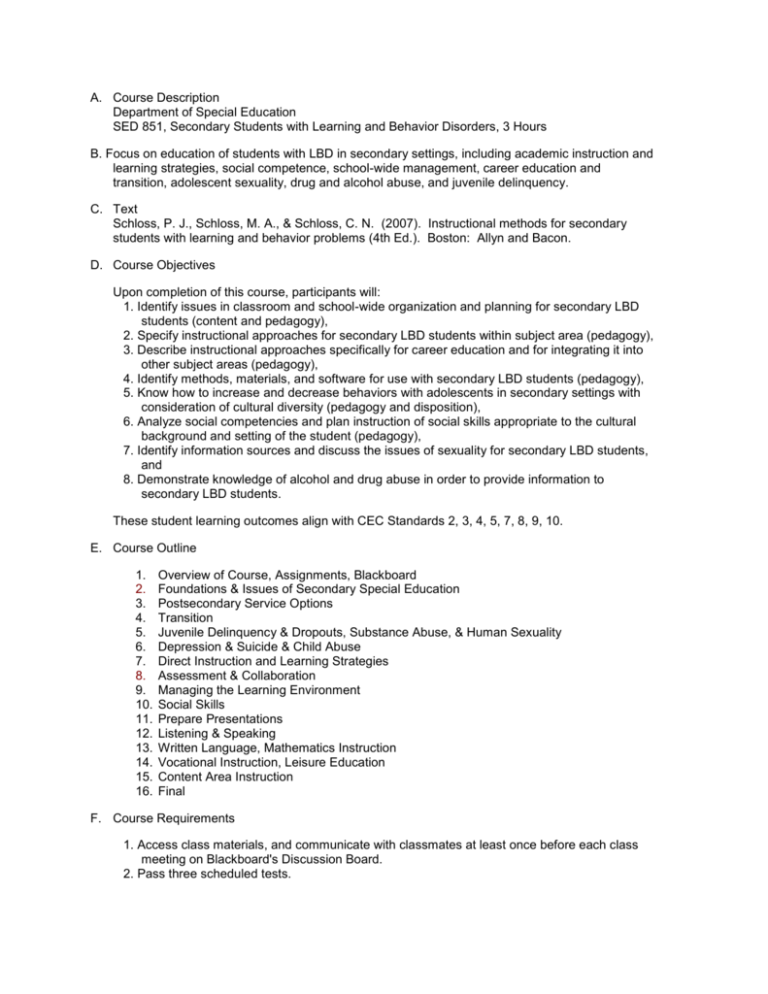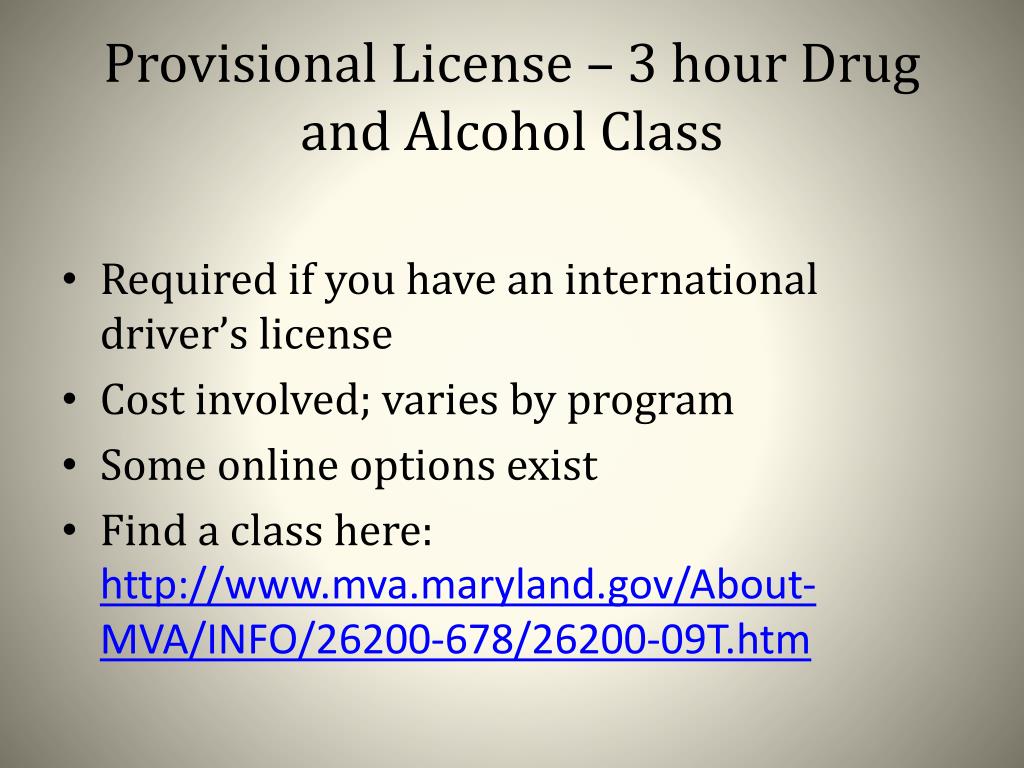
Medications for Cold and Alcohol: Many cold and sinus medications include combination of Pseudoephedrine and a pain reliever such as Aspirin or Ibuprofen, to provide relief from headache or body ache that accompany allergy or cold symptoms. These medications may cause severe drowsiness in the presence of alcohol, thus increasing the risk of household and automotive accidents. Diazepam, are generally prescribed to treat anxiety and insomnia, also known as sleeping pills. Sedatives / Hypnotics and Alcohol: Medications under the category of Benzodiazepines, e.g.

Statins and alcohol, each of these, are associated with liver damage. Statins and Alcohol: Statins are cholesterol reducing drugs, e.g. The effect of alcohol on some drug classes are given below: What are the Effects of Alcohol on Each Drug Class? Increases the risk of sedation and a sudden drop in blood pressure, when a person stands up Rapid heartbeat, sudden changes in blood pressure, dizziness, faintingĪttention deficit hyperactivity disorder (ADHD) The person may have trouble concentrating or performing mechanical skillsĭrowsiness, dizziness, increased risk for overdose Drinking alcohol while taking medication can intensify these effects. Alcohol, like some drugs, can make one feel sleepy or lightheaded.Typical alcohol-drug interactions include the following: Hence, it is important to be aware of the alcohol-drug interactions. A large number of medications have the potential to interact with alcohol. People who consume alcohol, in small or large quantities, are likely to take medications, at some point.


What are the Common Drug Interactions with Alcohol? Thus, intensity of alcohol effect on the body is directly related to the amount consumed. The liver can only metabolize a certain amount at a time, leaving the excess circulating throughout the body. Metabolism in the liver - Metabolism of alcohol take place primarily in the liver, where it is converted to a non-toxic substance. The rate of absorption depends on a number of factors, including:ĭistribution in the body - Alcohol that has not been eliminated by first-pass metabolism enters the systemic circulation and is distributed throughout the body. Damage to the fetus in pregnant woman that can cause fetal alcohol syndrome, premature births and fetal anomalies.Ībsorption, Distribution and Metabolism of Alcohol in body:Ībsorption in blood stream - When alcohol is ingested, it is absorbed into the blood stream, and then rapidly distributed to all parts of the body, including brain, within a few minutes.Chronic diseases such as liver cirrhosis, pancreatitis, cancer, psychological disorders.Depressing the central nervous system, thus dampening the brain activity.Short and long term side effects of alcohol include:


 0 kommentar(er)
0 kommentar(er)
